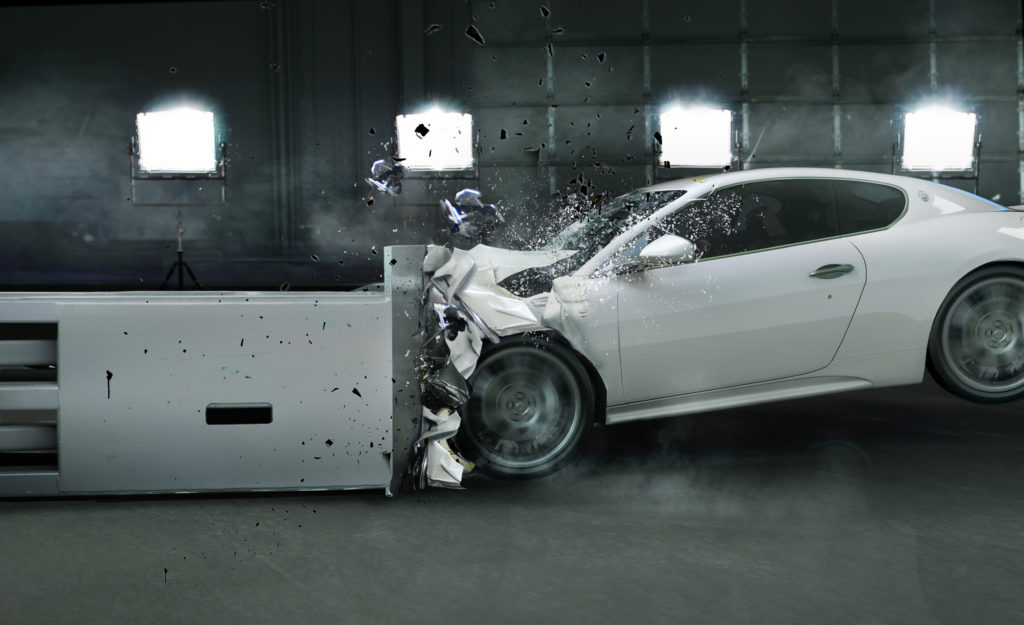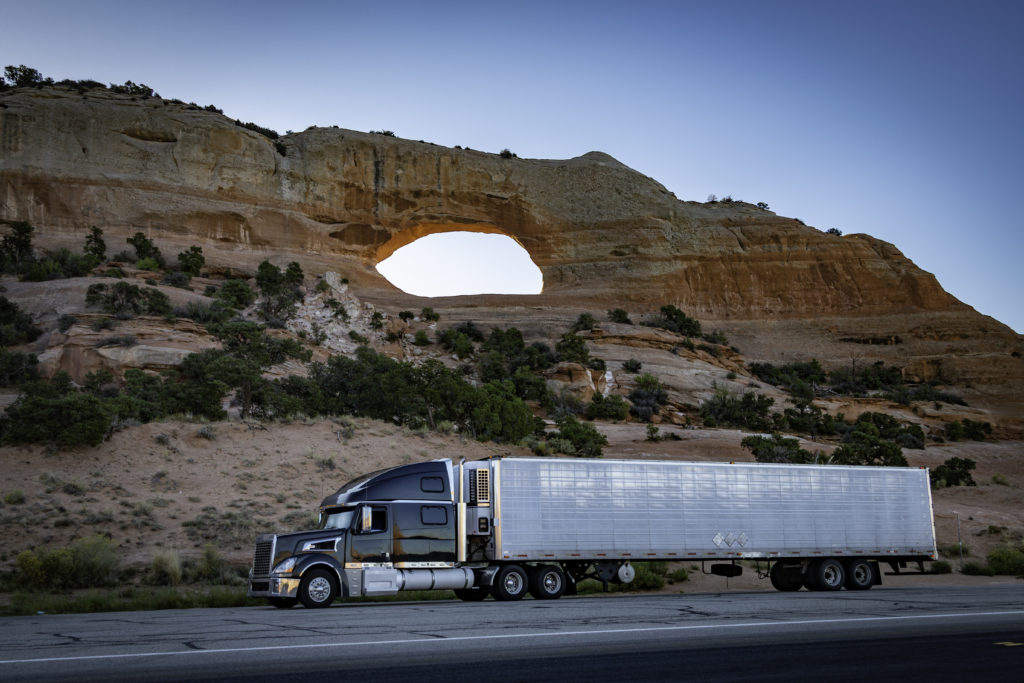
Even while driving in a car with top safety scores, the difference between driving safely and driving just a few miles per hour faster can make crash injuries exponentially worse, according to new research.
A vehicle that is given a score of “good” during crash tests conducted by the Insurance Institute for Highway Safety–a top score in this testing–at 40 miles per hour would likely earn a “poor” rating during an identical test conducted at just 5 miles per hour faster, according to the study. These kinds of tests are typically done at vehicle speeds of around 35 miles per hour and don’t necessarily depict the actual danger of the speed with which drivers typically travel on American roadways.
Still, consumers usually rely on these crash test scores given by either independent or government testing groups when purchasing a vehicle.
Testing cars at higher speeds seems like a viable solution, but that isn’t actually the case, said IIHS spokesperson Joe Young. IIHS, an insurance-funded advocacy and research group, co-authored this study.
“At first glance, increasing crash-test speeds sounds like a good way to improve design, but it actually could have unintended consequences,” explained Young. “Stiffer structures required to perform well at higher speeds might actually make lower-speed crashes more dangerous, since crumple zones wouldn’t engage as well.”
Should roadway speeds be limited to around 40 miles per hour, then? IIHS says ‘no’–crashes need multiple factors coming into play.
“In the real world, you may have time to apply the brakes, or you might strike a vehicle from behind that is moving in the same direction, or you may strike something that weighs less than your vehicle,” said Young. “All of these things impact how much energy is involved in the crash” and its severity.
Still, though, the continuous raising of speed limits in some states cannot go on if roadways are to get safer, Young noted.
“We know that changes to the state speed limit have a direct effect on fatalities, yet states continue to raise them,” he said.
IIHS researchers, the AAA Foundation for Traffic Safety, and crash-test dummy manufacturer Humanetics all collaborated on the study, and tested three 2010 Honda CR-V SUVs, all with similar maintenance histories and mileage counts, at speeds of 40 MPH, 50 MPH, and 55.9 MPH. THE CR-V was given a “good” crash-test rating across multiple categories when initially tested, and was also believed to represent an average American vehicle in regards to size and age. All three of these tests simulated a “moderate overlap” driver’s side crash, replicating what typically happens when a vehicle endures a partial head-on collision with another car or a barrier.
The Honda’s safety structure wasn’t able to adequately absorb impact at higher speeds, and allowed the crash force to reach the dummy in the driver’s seat. Therefore, a driver enduring a crash at 50 miles per hour has a “considerably lower” chance of surviving than one enduring the same crash at 40 miles per hour, according to the test results.
The results showed that the passenger compartment wasn’t deformed during the 40 mile-per-hour impact, and was given a “good” score. At 50 miles per hour, though, the chance of head, neck, and leg injuries increased significantly, giving the vehicle a “poor” score.
Crash results became severe at a hit of 55.9 miles per hour, with the dummy’s legs partially crushed, its head sticking out of the newly-broken window of the driver’s side door, and significant impact to its head from the deployed airbags.
“Designing a car with a good crash protection is a careful balance,” said Jennifer Stockburger, Consumer Reports’ Auto Test Center’s director of operations. Vehicle structures and their crumple zones must be strong enough to protect against passenger space deformation while still being able to deform just enough for the vehicle to absorb some of the energy of impact itself instead of allowing it to be transferred to a driver or passenger. “Speed can alter that balance in a negative way,” she noted.
CR’s safety policy manager, William Wallace, explained that a particular advanced safety system is especially beneficial in crash situations like these. “Automatic emergency braking that works to prevent or mitigate crashes at highway speeds has enormous potential,” he said. “While many of today’s new car models come standard with city-speed AEB, and some come with pedestrian detection, highway-speed AEB is less common. Automakers should keep improving their AEB systems to save lives down the road.”
Additionally, systems including lane departure warning, blind spot monitoring, and forward collision warning are also extremely helpful in helping drivers prevent crashes or in having time to reduce crash speeds, Stockburger added.
“This study shows that speed has a significant effect on the level of injury vehicle occupants may sustain,” she said. “So, even if these systems can’t prevent the crash entirely, if they are successful in prompting an earlier reaction from the driver or vehicle that reduces the speed of the vehicle at the time of impact, they will provide benefits.”




